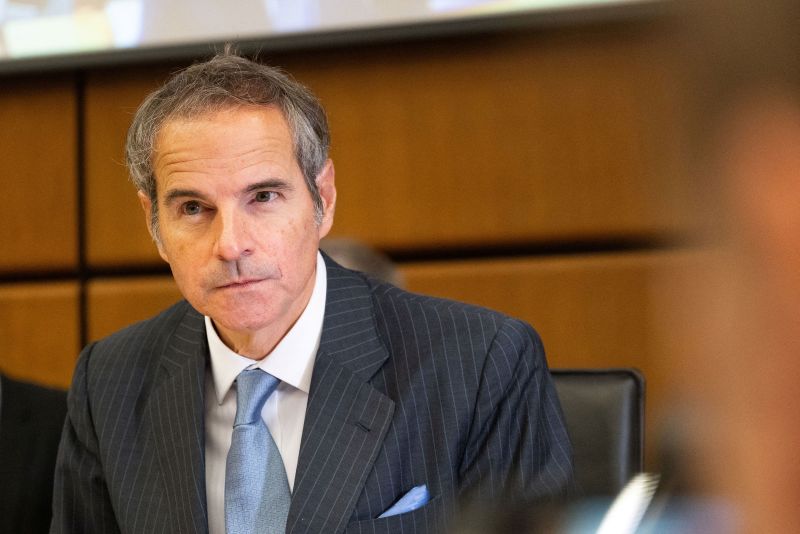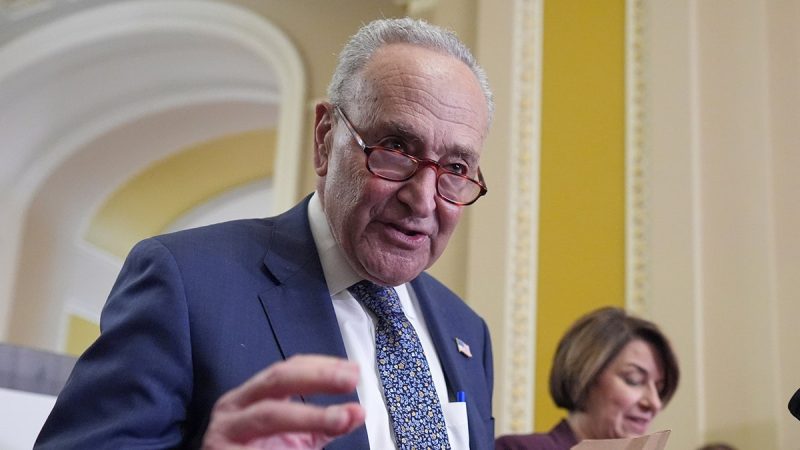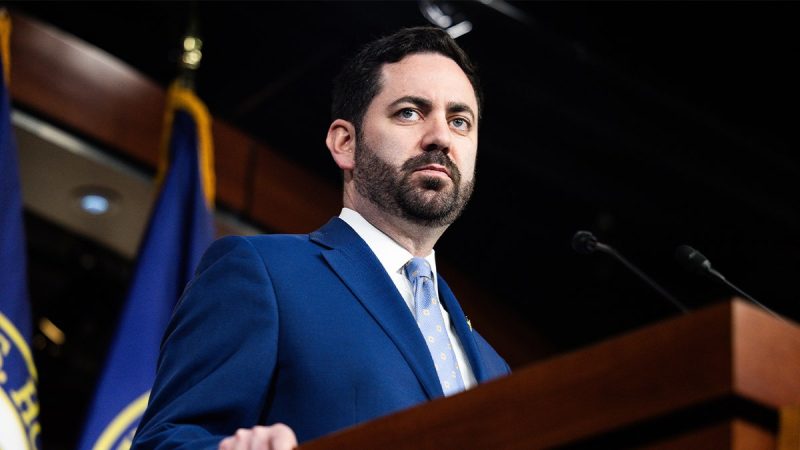
The head of the UN’s nuclear watchdog says US strikes on Iran fell short of causing total damage to its nuclear program and that Tehran could restart enriching uranium “in a matter of months,” contradicting President Donald Trump’s claims the US set Tehran’s ambitions back by decades.
While the final military and intelligence assessment has yet to come, Trump has repeatedly claimed to have “completely and totally obliterated” Tehran’s nuclear program.
The 12-day conflict between Israel and Iran began earlier this month when Israel launched an unprecedented attack it said aimed at preventing Tehran developing a nuclear bomb. Iran has insisted its nuclear program is for peaceful purposes.
The US then struck three key Iranian nuclear sites before a ceasefire began. The extent of the damage to Tehran’s nuclear program has been hotly debated ever since.
US military officials have in recent days provided some new information about the planning of the strikes, but offered no new evidence of their effectiveness against Iran’s nuclear program.
Following classified briefings this week, Republican lawmakers acknowledged the US strikes may not have eliminated all of Iran’s nuclear materials – but argued that this was never part of the military’s mission.
Severe but not ‘total’ damage
Asked about the different assessments, Grossi, director general of the International Atomic Energy Agency (IAEA), told CBS’s “Face the Nation with Margaret Brennan”: “This hourglass approach in weapons of mass destruction is not a good idea.”
“The capacities they have are there. They can have, you know, in a matter of months, I would say, a few cascades of centrifuges spinning and producing enriched uranium, or less than that. But as I said, frankly speaking, one cannot claim that everything has disappeared and there is nothing there,” he told Brennan, according to a transcript released ahead of the broadcast.
“It is clear that there has been severe damage, but it’s not total damage,” Grossi went on to say. “Iran has the capacities there; industrial and technological capacities. So if they so wish, they will be able to start doing this again.”
Grossi also told CBS News that the IAEA has resisted pressure to say whether Iran has nuclear weapons or was close to having weapons before the strikes.
“We didn’t see a program that was aiming in that direction (of nuclear weapons), but at the same time, they were not answering very, very important questions that were pending.”
Grossi stressed the need for the IAEA to be granted access to Iran, to assess nuclear activities. He said Iran had been disclosing information to the agency up until recent Israeli and US strikes, but that “there were some things that they were not clarifying to us.”
“In this sensitive area of the number of centrifuges and the amount of material, we had perfect view,” he said. “What I was concerned about is that there were other things that were not clear. For example, we had found traces of uranium in some places in Iran, which were not the normal declared facilities. And we were asking for years, why did we find these traces of enriched uranium in place x, y or z? And we were simply not getting credible answers.”
The initial Pentagon assessment said Tehran may have moved some of the enriched uranium out of the sites before they were attacked but Trump has insisted nothing was moved.
“It’s logical to presume that when they announce that they are going to be taking protective measures, this could be part of it (moving the material). But, as I said, we don’t know where this material could be, or if part of it could have been, you know, under the attack during those 12 days,” Grossi told Brennan.
Meanwhile, Tehran has made moves towards withdrawing from international oversight over its nuclear program.
Iran’s parliament passed a bill halting cooperation with the UN nuclear watchdog, while the Foreign Minister, Abbas Araghchi, also said that the country could also rethink its membership of the Non-Proliferation Treaty (NPT), which prohibits signatories from developing nuclear weapons.




















